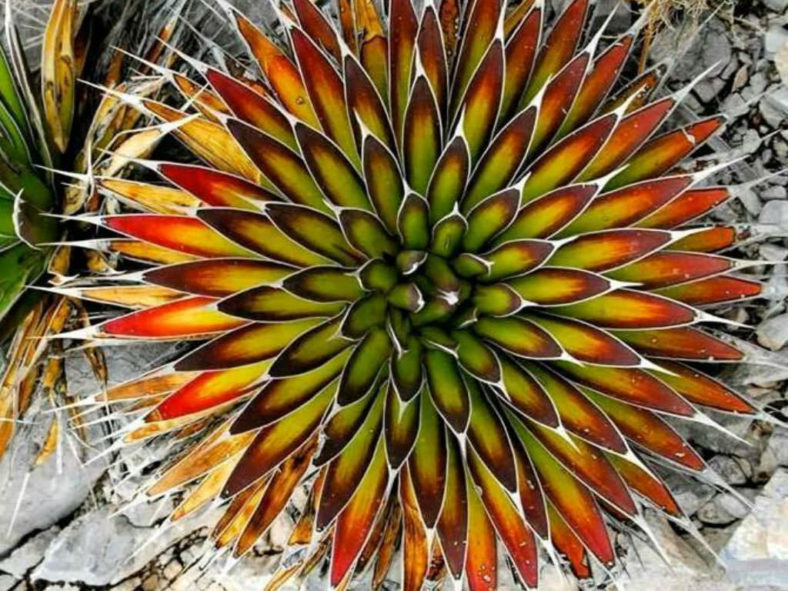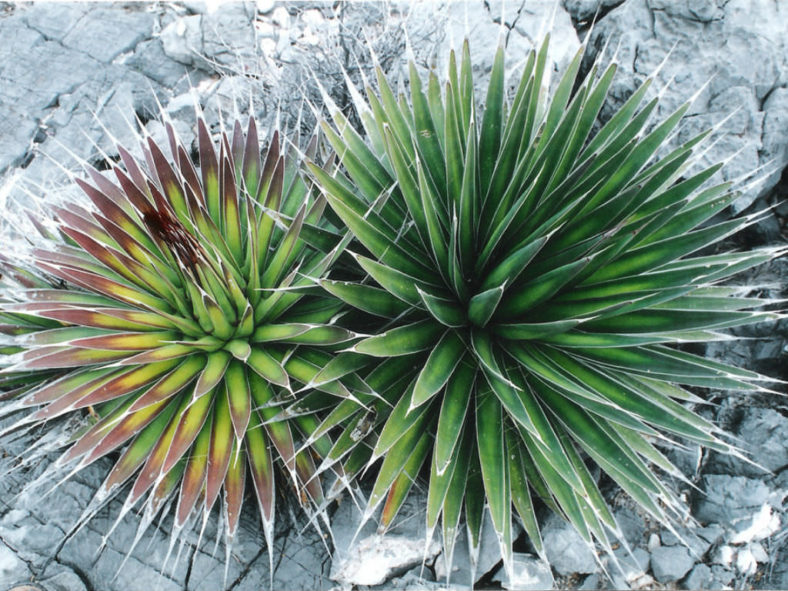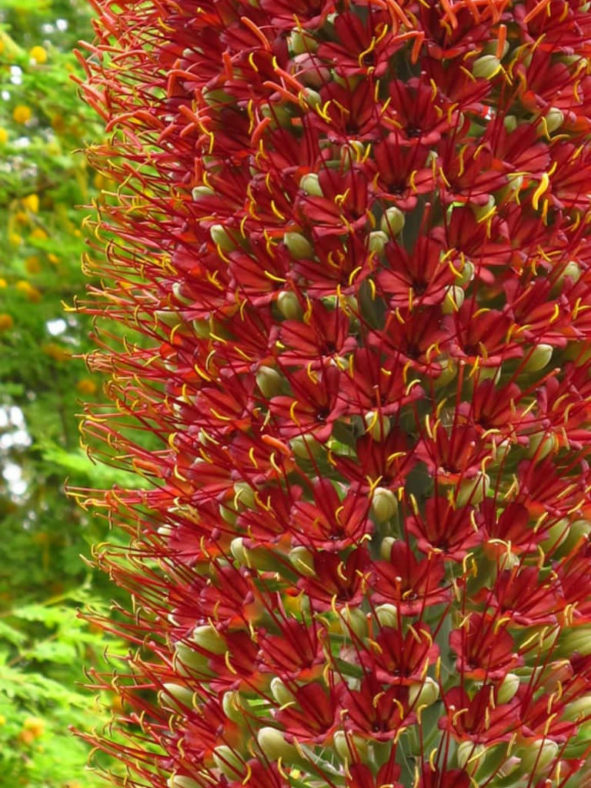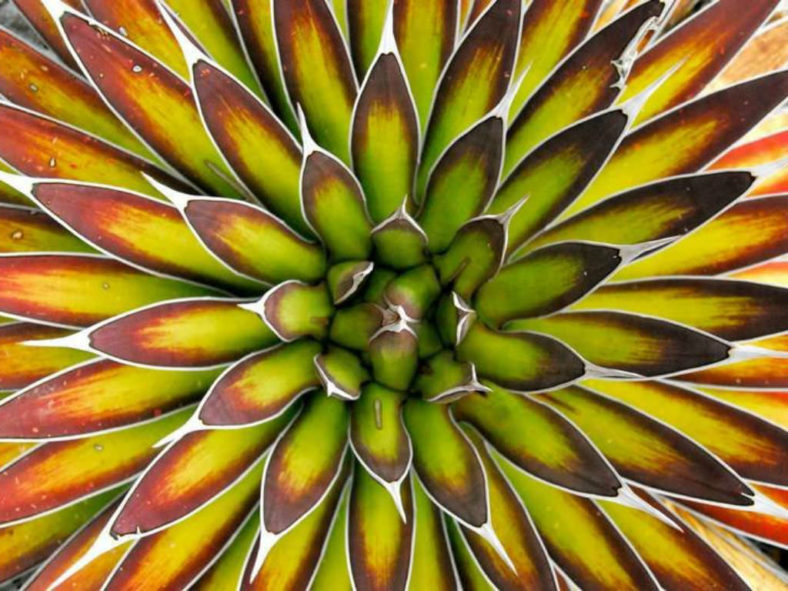Scientific Name
Agave pelona Gentry
Common Name(s)
Mescal Pelon, Mexican Agave
Scientific Classification
Family: Asparagaceae
Subfamily: Agavoideae
Genus: Agave
Flower
Color: Deep red
Bloom Time: Late winter/early spring
Description
Agave pelona is a beautiful succulent plant similar to Agave ocahui. It forms a solitary, beautifully rounded rosette of numerous glossy green leaves, often with a reddish tinge. The rosettes grow up to 32 inches (80 cm) in diameter. Leaves have pale thornless margins and a pale, up to 3 inches (7.5 cm) long apical spine. Flowers are deep red, bell-shaped and on an appear 10 feet (3 m) tall spike.

How to Grow and Care
Agave is not a difficult plant to grow. They're slow-growing and dramatic and will even thrive on a bit of neglect. If you're the type of person who likes to fuss with houseplants and water a lot, Agave is probably not the plant for you. On the other hand, if you're the type of person who likes to set it and forget it, and you have a sunny window, Agave might be the way to go. Be aware that some large varieties will eventually outgrow your room (unless you have a large greenhouse), and Agave can be aggressive. They have irritating sap and sometimes very sharp thorns that can cause injuries to small children and even pets.
In general, Agaves do not need to be repotted every year. Most species commonly found in cultivation grow very slowly and take a long time to outgrow their pot. It's also best to handle your Agave as little as possible since they do not like to be disturbed. When you repot, refresh the spent soil with a new potting mix and ensure the plant is firmly anchored in its pot. However, be careful not to pot the Agave too deep as that will encourage stem rot during the growing season. When repotting, use fast-draining cacti or succulent mix. Do not use a mix that will become soggy or hold water.
See more at How to Grow and Care for Agave.
Origin
This species is native to Mexico (Sonora).
Links
- Back to genus Agave
- Plantpedia: Browse flowering plants by Scientific Name, Common Name, Genus, Family, USDA Hardiness Zone, or Origin
Photo Gallery
Click on a photo to see a larger version.




